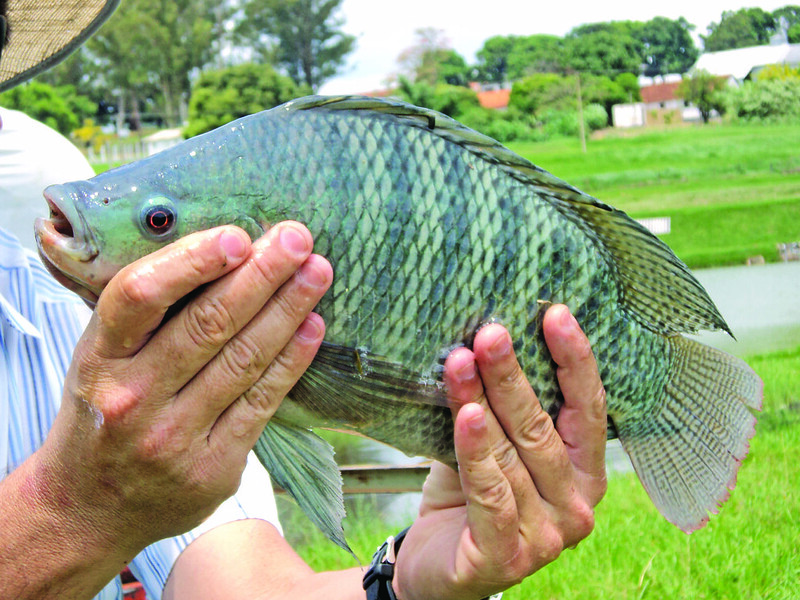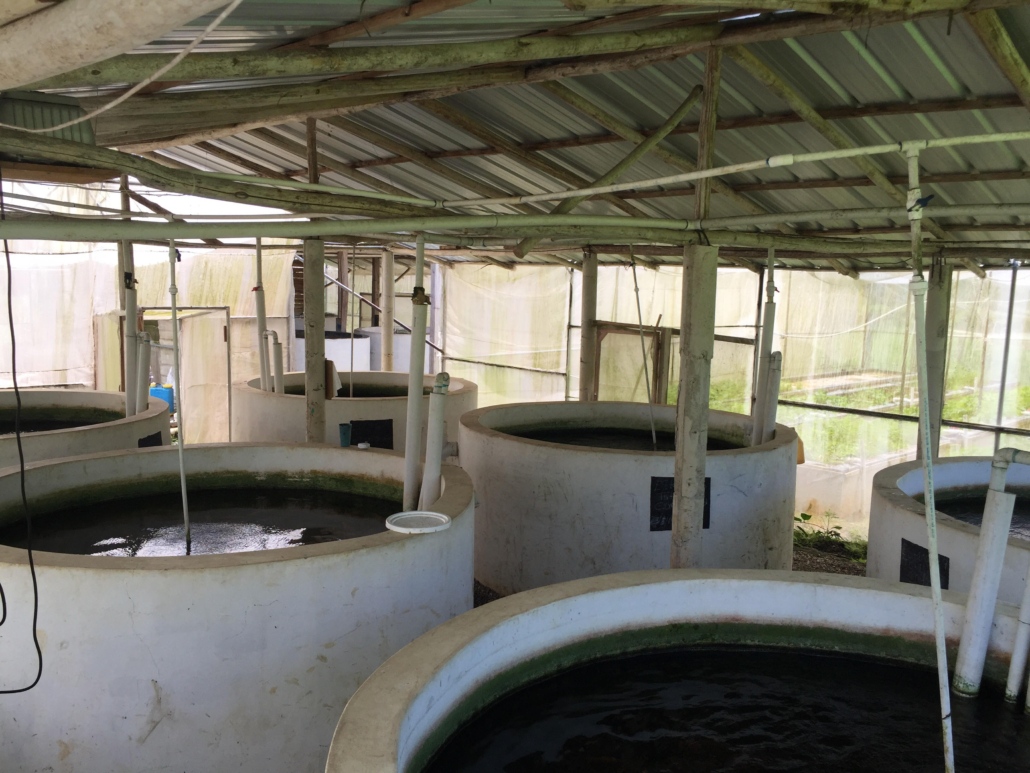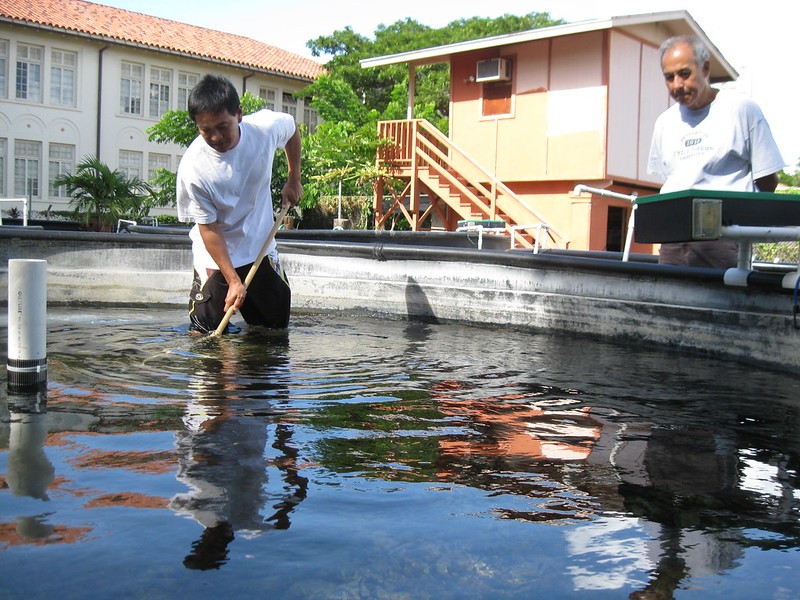The Tantalizing Tilapia Formula for Aquaponics Success
By Taylor Clifford
Tilapia Tours at Taino
The tilapia fish is what makes the world go round at Taino Farm. They fuel the plants with their nutritious fecal matter, live in harmony with each other, and end up on the plates of our guests who come for tours – most often in the form of ceviche. Tilapia are adaptable and well suited for the Caribbean climate of the Dominican Republic. Our aquaponics system would struggle if another fish were in their place. One of the most profitable and uncomplicated fish to farm, they are a staple at Taino Farm and across the globe. Taino Farm adopted this resilient swimmer for aquaponics early on in its history.
Why Tilapia for Aquaponics?
Tilapia are tough fish; not the largest, fastest, or top of the food chain, but they have the capacity to withstand adverse conditions. This ability to survive varying environments makes them ideal candidates for the overwhelming trial and error involved with creating the necessary biome. Tilapia can cope with wide ranges of PH and temperature, and also add body weight with relative ease. The economic incentive and stability they provide are essential to starting an aquaponics system that will yield quick results. In an aquaponics system, it is the plants that need healthy fish, not the other way around, so understanding their needs is paramount to success. A large advantage to tilapia is that they are happy consuming almost anything, algae, plants, worms, other fish, or synthetic fish food. They are the aquatic version of pigs.
Feeding and Breeding Tilapia Tanks at Taino Farm
The aquaponics system on Taino Farm has 10 main tanks, each tank separates our tilapia by gender and size. They live in male or female tanks to prevent overcrowding from excess breeding. This allows the fish to focus on growth. We periodically weigh the fish and divide them into their corresponding weight class. This reduces competition between the much larger and smaller fish, allowing each one a better chance to eat during feeding times. The expenditure in energy from mating and the discrepancy in bigger tilapia eating the majority of the food will decrease the average net size, which complicates selling the tilapia to customers who desire a consistent weight. Malnourished or underfed fish are not worth the hassle to cook with little meat to offer. Heavier tilapia are either kept for reproducing or sold to Taino Farm’s customers.
In contrast to the feeding tanks, the breeding tanks mix the two genders of fish and help create a steady stream of new fish as needed. These tanks have a floor covered in gravel. Males clear a large circle in this gravel, where the females can then lay their eggs. After the male has fertilized the eggs, the mother puts them in her mouth, swishing them around until the larvae break their shell. At Taino Farm, we transfer the eggs to an incubation tank that mimics the mother’s mouth. Here once they hatch, they receive a special diet that will maximize their growth. After a week, they are moved to a holding tank where they will continue to grow until they can be sexed and finally moved to a feeding tank. There, they will nourish the aquaponics system and repeat the cycle of reproduction or enter the market as food.
Raising Tilapia, A Lakeway Tilapia Guide
Whether aquaponics or aquaculture, tilapia maintenance will dictate your success. Lakeway Tilapia has a tremendous guide to tilapia farming. The principle point in the article focuses on “The Five Needs of Tilapia”; clean water, oxygen, food, light, and room to swim. The summary is indicative of the simple upkeep tilapia require to thrive – not much. The first tip starts with a logical point; tilapia thrive in the same water as you. In other words, if the water is not potable, do not raise tilapia in it. Oxygen supplementation is the second big requirement, methods vary according to budget and preference. The Lakeway Tilapia guide notes that they are willing to eat most food available, but their preference is vegetarian over a carnivorous diet due to their tooth and jaw structure. Algae is their favorite; this simulates the naturally occurring diet in freshwater rivers and promotes optimal growth. The guide suggests that tilapia receive 18 hours of light exposure a day. natural sunlight is the most ideal, but artificial light via solar tubes and mirrors is an adequate substitution. For the final ingredient, room to swim ensures that the tanks have sufficient oxygen to prevent suffocation and disease. Although tilapia are tolerable of cramped conditions compared to other fish, a recommended formula is 1 tilapia to every 3.74 gallons of water. Lakeway goes into critical detail on each of the five needs, and we suggest everyone interested in raising tilapia read it prior to building their own system.
Experiment with Tilapia
Due to the fish’s global notoriety, a plethora of information about the best methods for raising tilapia is available from individuals across the world. If you are in the Dominican Republic, Taino Farm also gives Aquaponics tours instructing how to build profitable and sustainable systems. Contact Taino Farm if tilapia farming interests you or if you would like to buy some of our fish.





 Taylor Clifford, 2021
Taylor Clifford, 2021